Investing in Pearls: A Guide to Understanding Value and Quality

The Allure of Pearls: Why They're a Worthy Investment
Historical Significance and Timeless Appeal
Pearls have captivated human fascination for millennia, serving as a symbol of wealth and refinement across various cultures. From the ancient Chinese dynasties to the Roman Empire, pearls were treasured as gifts from the sea, believed to offer protection and attract prosperity.
The allure of pearls is rooted in their unique origin and organic beauty. Unlike gemstones that are mined from the earth, pearls are formed within mollusks, making each pearl a unique creation. This natural process contributes to the timeless appeal of pearls, as no two are exactly alike.
The historical significance of pearls is evident in their presence in art, literature, and royal regalia. Consider the following points that highlight their enduring legacy:
- Pearls have been depicted in some of the most iconic artworks, symbolizing purity and elegance.
- Historical figures and monarchs often adorned themselves with pearls, showcasing their high status.
- Pearls have been mentioned in religious texts, adding to their mystique and perceived sacredness.
- The timeless appeal of pearls continues today, as they remain a popular choice for jewelry, signifying both tradition and contemporary style.
Pearls as a Status Symbol and Fashion Staple
Throughout history, pearls have been adorned by royalty and celebrities alike, symbolizing not only wealth but also elegance and sophistication. The lustrous gems have graced the necklines of iconic figures, from Cleopatra to Audrey Hepburn, cementing their status as a timeless fashion accessory.
Pearls have transcended cultural boundaries and fashion trends to remain a staple in high society and haute couture. Their versatility is evident as they are equally at home on the red carpet as they are in a casual brunch setting.
- Designers continue to reinvent pearl jewelry, ensuring its ongoing relevance in the fashion world.
- Pearls are a symbol of refined taste and have been a part of important cultural moments.
- They are a versatile accessory, suitable for both formal and casual occasions.
- The continuous innovation by designers keeps pearls fashionable and desirable.
Assessing Pearl Quality: Factors that Determine Worth
The Five Virtues: Size, Shape, Color, Luster, and Surface
When assessing the quality of pearls, investors and collectors alike must consider the five virtues that are universally recognized as the benchmarks of pearl value. These virtues are size, shape, color, luster, and surface quality.
Size is often the first attribute noticed, as larger pearls are typically more valuable, given their rarity and the longer cultivation time required.
The shape of a pearl can vary greatly, with perfectly round pearls being the most sought after, although other unique shapes can also be highly priced.
Color is influenced by the type of mollusk and the environment in which the pearl was formed, with certain hues being more desirable depending on current fashion trends and cultural preferences.
The luster of a pearl refers to its shine and reflective quality; a high-luster pearl is a sign of a thick and healthy nacre, which contributes to its overall beauty and longevity.
Lastly, the surface quality is critical, as blemishes and irregularities can detract from a pearl's appearance and thus its value.
Understanding these five virtues is essential for anyone looking to invest in pearls, as they directly impact the gem's aesthetic appeal and market worth.
Nacre Quality and Thickness: Indicators of Durability
The nacre, or mother-of-pearl, is the iridescent layer that forms the pearl inside the shell of the mollusk. The quality and thickness of the nacre are crucial in determining a pearl's durability and longevity. A thicker nacre typically means a stronger, more lustrous pearl that can withstand wear over time.
Factors affecting nacre quality include:
- The health of the mollusk
- The environment in which it lives
- The time the pearl is allowed to develop within the shell
Investors should seek pearls with high nacre quality, as these are more likely to retain their beauty and structural integrity, making them a more stable investment. Pearls with thin nacre may be prone to chipping or wear, which can significantly reduce their value.
Understanding Pearl Grading Systems
Pearl grading systems are essential tools for investors to evaluate the quality and value of pearls. Unlike diamonds, which have a universally accepted grading system, pearls are assessed by a variety of grading systems, each with its own criteria and scales.
The most widely recognized systems include the A-D scale, also known as the Tahitian system, and the AAA-A system. These systems consider the Five Virtues of pearls—size, shape, color, luster, and surface quality—to determine their grade.
The A-D scale grades pearls from the highest quality (A) to the lowest (D), with subcategories like A+ or B- providing a more nuanced assessment.
The AAA-A system is similar but uses a three-tiered approach, with AAA representing the highest quality.
Investors should familiarize themselves with these grading systems to make informed decisions. It's also important to note that grading is subjective, and a pearl's grade may vary between different jewelers or grading entities.
Pearl Investment Strategies: Maximizing Returns
Building a Diverse Pearl Portfolio
Diversification is a cornerstone of any sound investment strategy, and pearls are no exception. By spreading investments across different types of pearls, investors can mitigate risk and enhance potential returns. A well-rounded pearl portfolio should include a mix of natural and cultured pearls, as well as a variety of sources, such as freshwater and saltwater origins.
When constructing a diverse pearl portfolio, consider the following:
- The inclusion of pearls from different geographical regions, each with its unique characteristics.
- A range of pearl sizes, colors, and shapes to cater to varying market demands and fashion trends.
- Investment in both established pearl types, like Akoya and South Sea, and emerging varieties that may offer growth potential.
It's also important to stay informed about market trends and to adjust the portfolio accordingly. This proactive approach can help investors capitalize on new opportunities and avoid areas of the market that may be declining.
Proper Storage and Care for Longevity
The longevity of pearls is heavily dependent on the care they receive. Proper storage and maintenance are crucial for preserving their beauty and value over time. Here are some essential tips for keeping your pearls in pristine condition:
- Always store pearls away from other jewelry to prevent scratches. A soft pouch or a lined jewelry box is ideal.
- After wearing, clean pearls with a damp cloth to remove any oils or residues.
- Avoid exposing pearls to chemicals, including perfumes, cosmetics, and cleaning agents, as these can damage the nacre.
Remember, pearls are organic gems and require a moist environment to prevent drying out. It's recommended to wear them regularly, as the natural oils from your skin can help maintain their luster. However, make sure to put them on after applying makeup and perfume to minimize contact with potentially harmful substances.
Investing in pearls can be a rewarding venture for those who take the time to understand the intricacies of value and quality. Throughout this guide, we've explored the various factors that contribute to a pearl's worth, from its luster and size to its color and shape. We've also delved into the importance of certification and the differences between natural, cultured, and imitation pearls. As with any investment, knowledge is power, and the informed investor is better equipped to make wise decisions that can lead to a beautiful and valuable collection. Whether you're a seasoned collector or a newcomer to the world of pearls, we hope this comprehensive guide has provided you with the insights needed to navigate the pearl market with confidence and discernment.




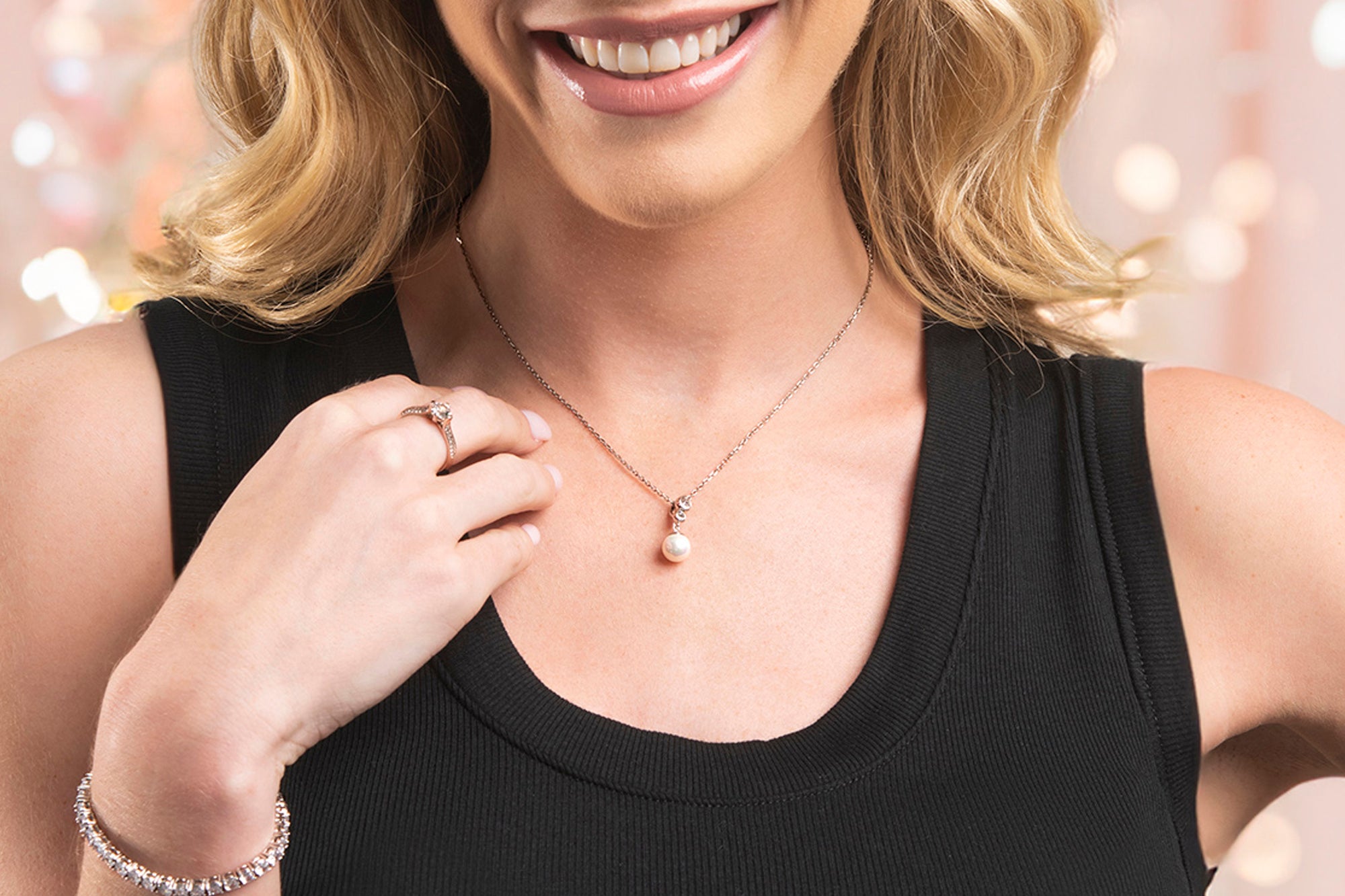


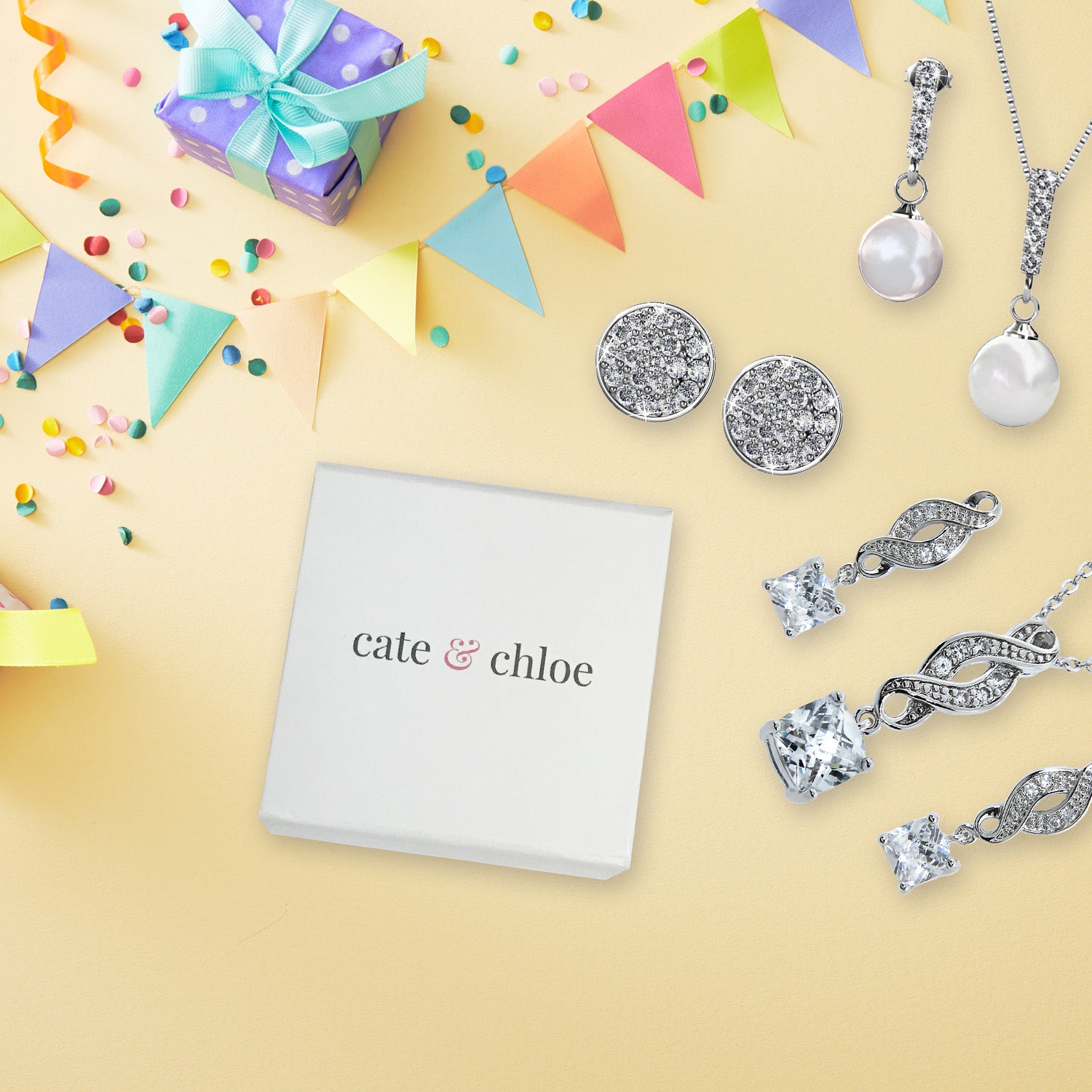


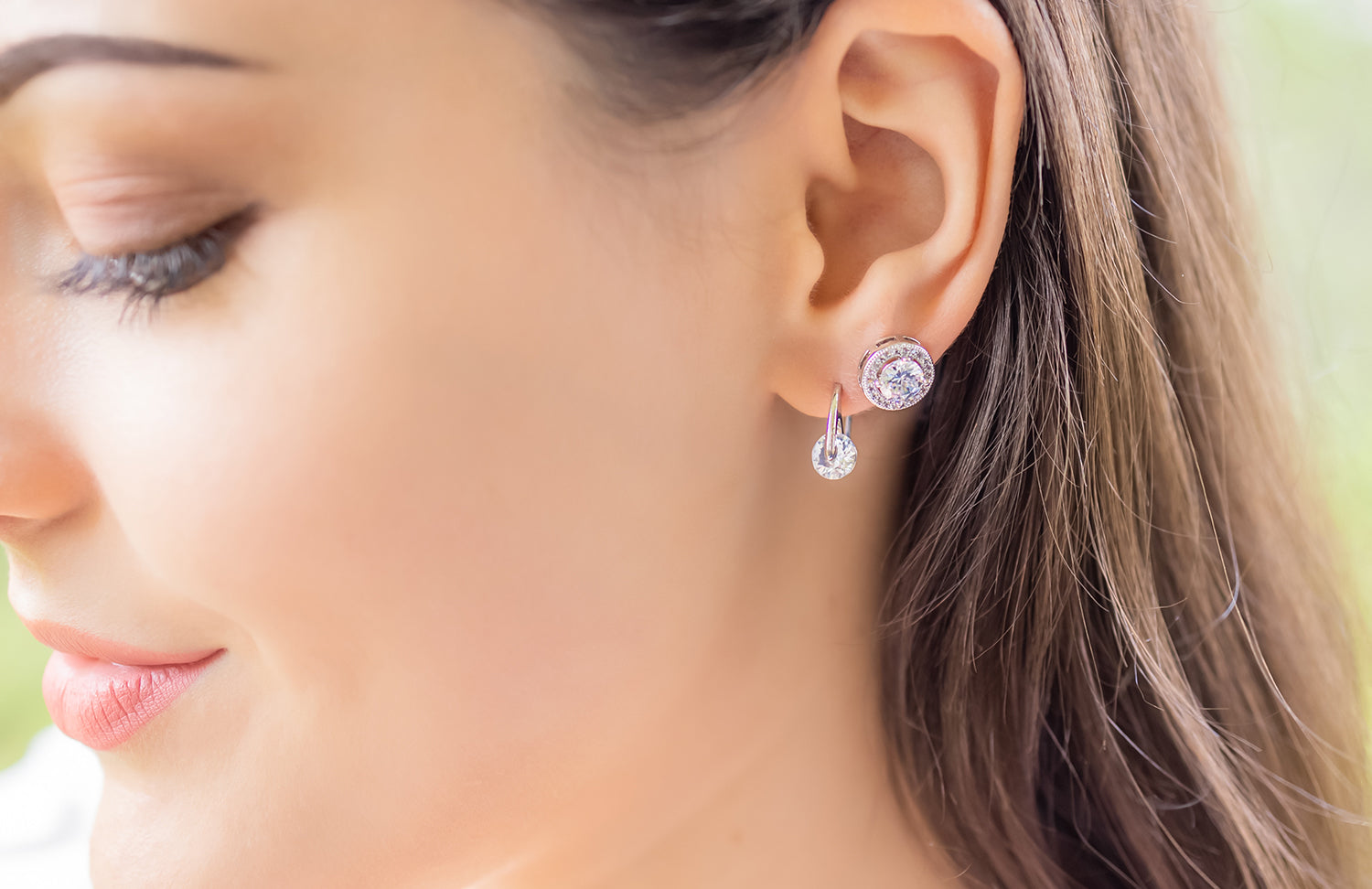


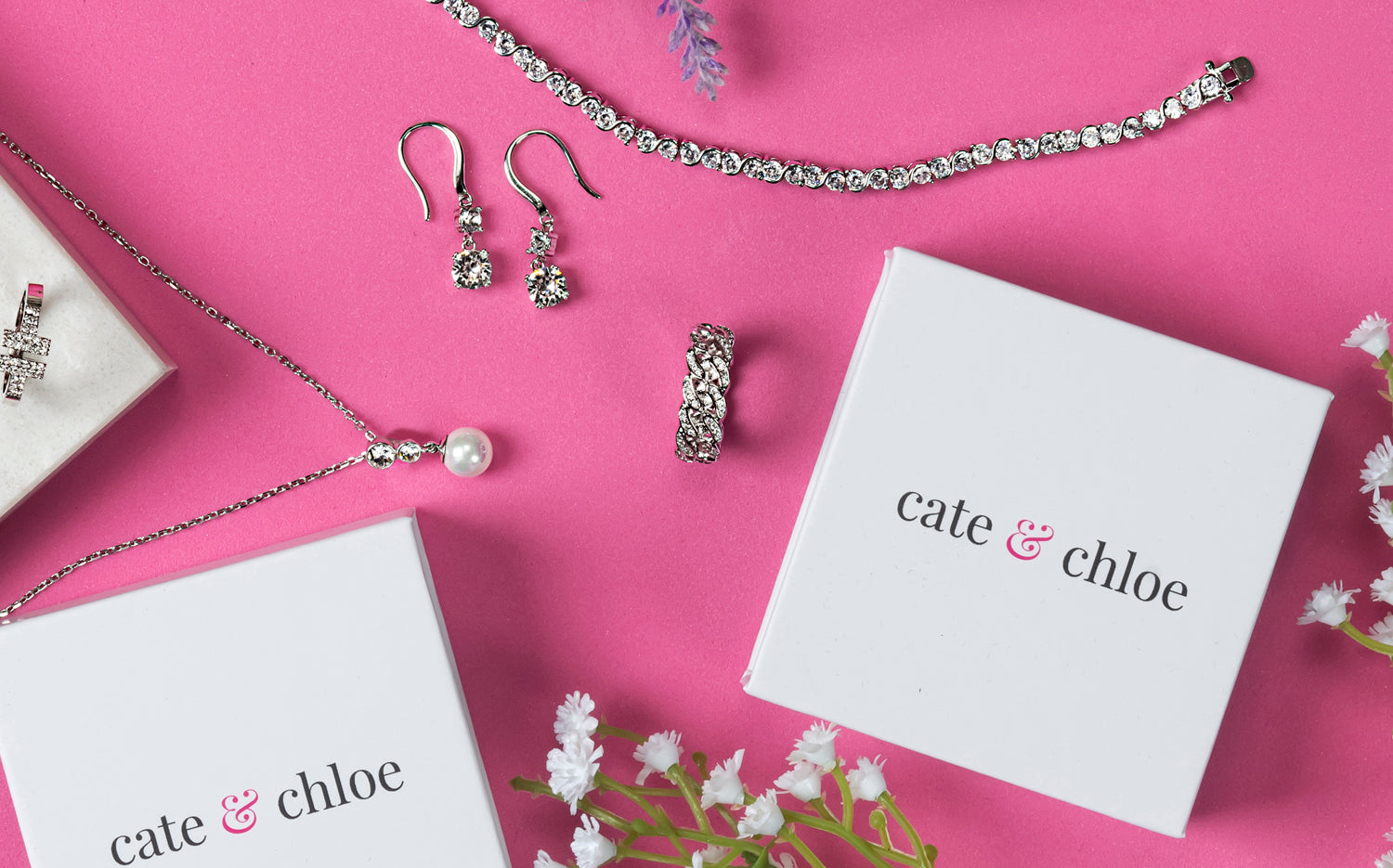
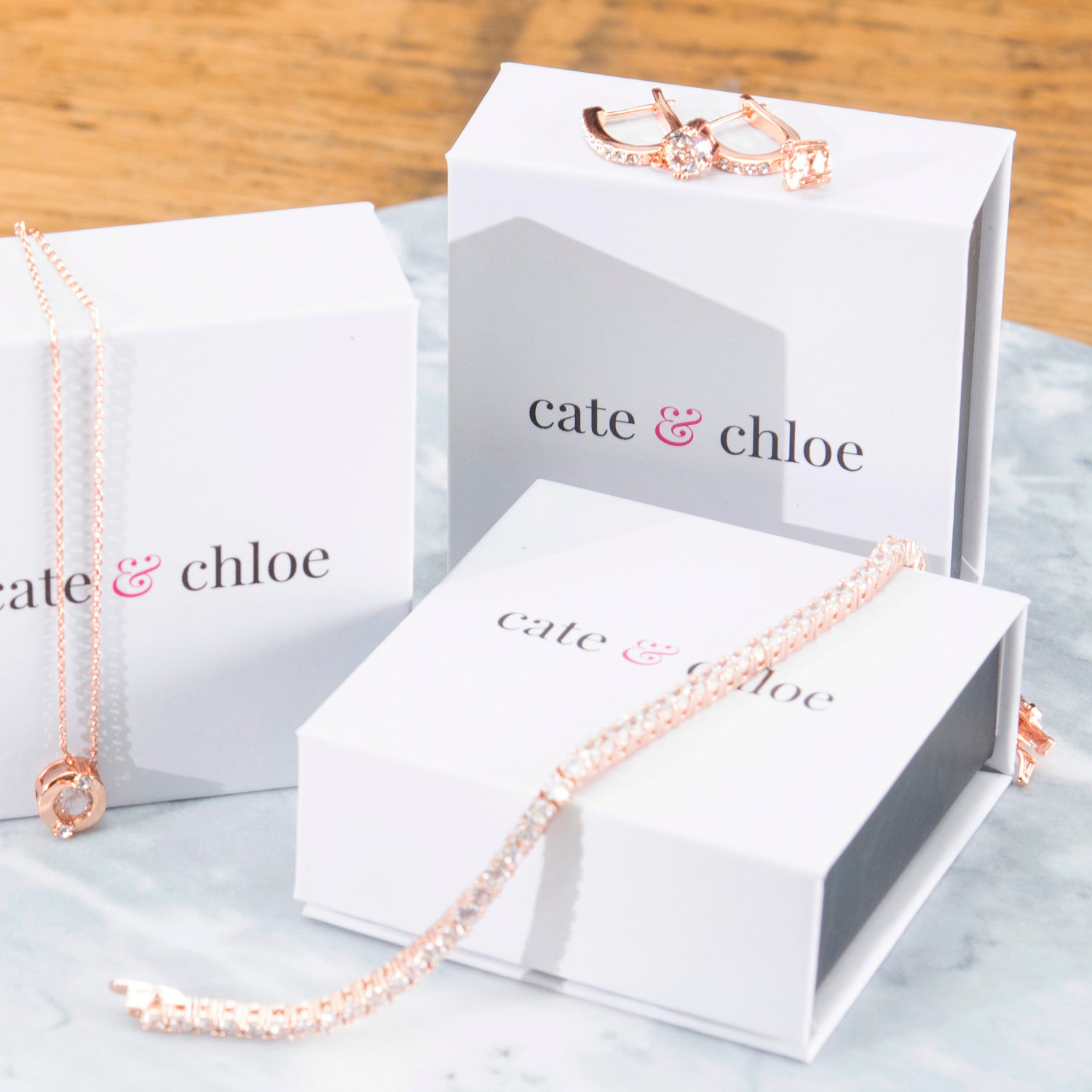






Leave a comment